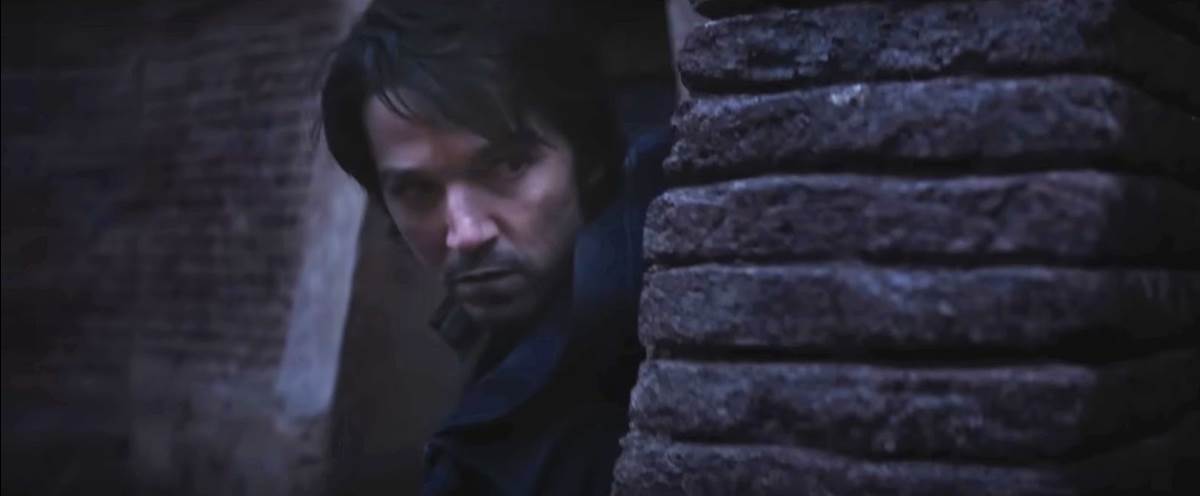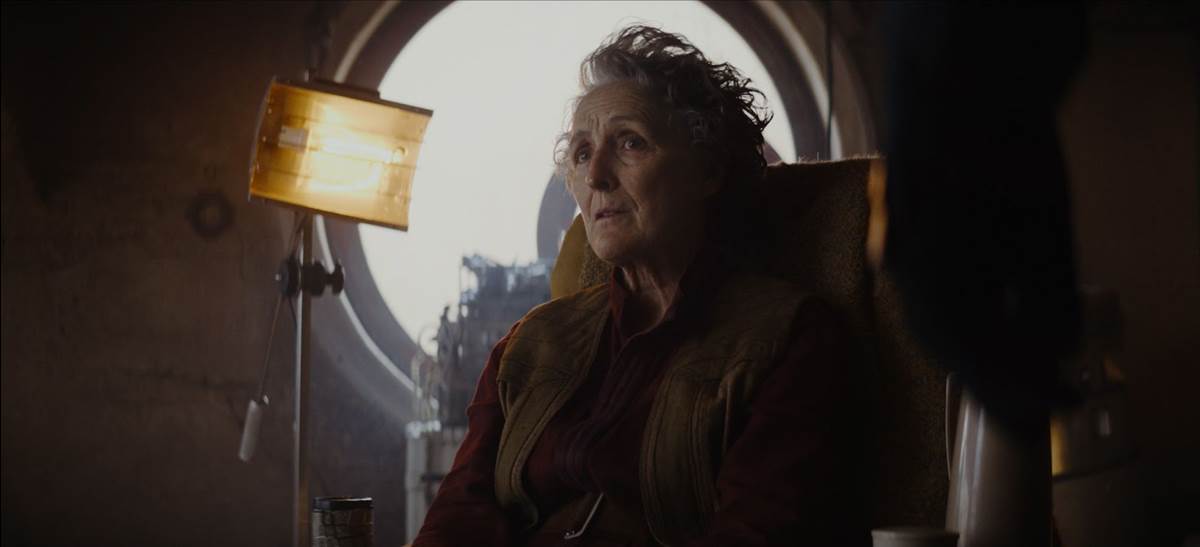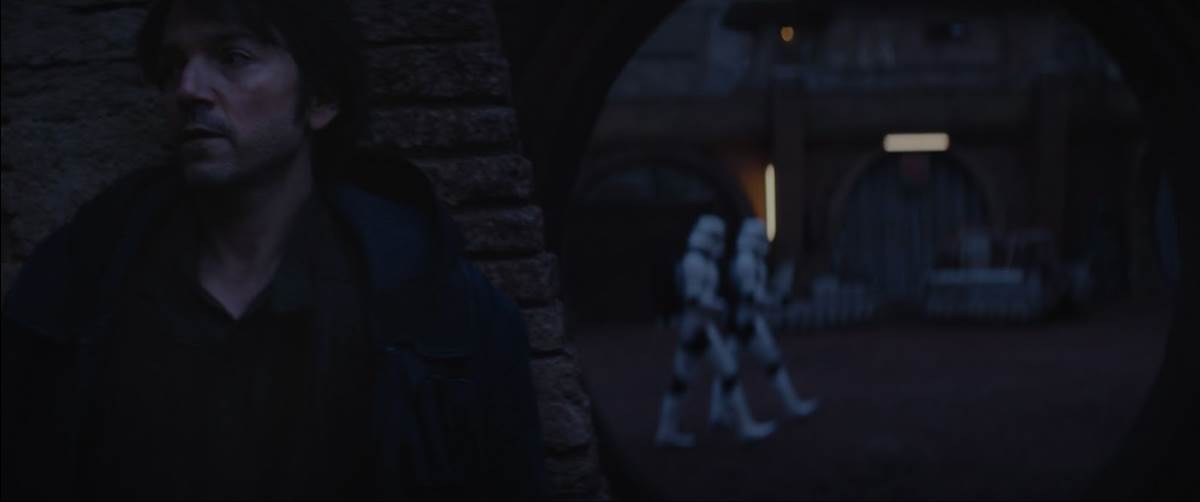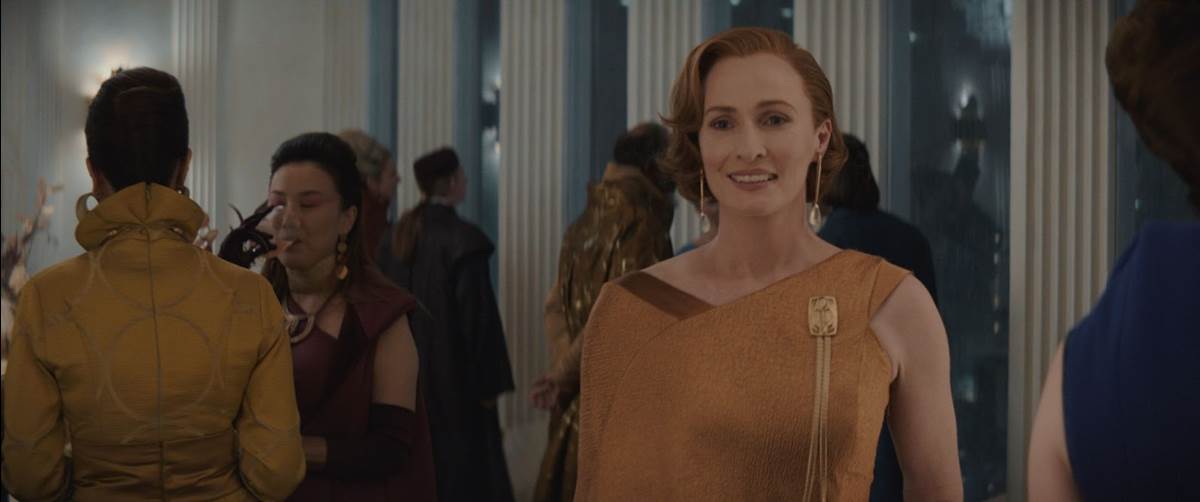For years I’ve been hoping Lucasfilm and its current parent company Disney would allow the 45-year-old Star Wars franchise to venture off in uncharted new directions, genre-wise. Sure, we got more of a gritty war movie with Rogue One: A Star Wars Story, and I feel like the property has occasionally veered a little too far in the direction of comedy over the past half-decade or so. But I would absolutely love to see a Star Wars horror movie or a film noir-style outing (some of the recent Marvel comic books have successfully explored this territory in A Galaxy Far, Far Away).
However, one thing I had never really considered along the way was the idea of someone creating a Star Wars drama. Admittedly, it sounds sort of counterintuitive when you first think about it, but with the new Disney+ live-action series Star Wars: Andor (focused on the Rogue One character of Cassian Andor, played again by talented actor Diego Luna), showrunner Tony Gilroy has demonstrated that such a thing is indeed possible, though it does take a delicate balancing act to pull it off.
Gilroy was famously brought in for late-stage rewrites and reshoots of Rogue One, and if those contributions helped the movie become the tremendous success it was, then Lucasfilm certainly recognized that accomplishment by handing the Michael Clayton screenwriter the keys to its latest small-screen outing in the beloved George Lucas-created universe. Andor rewinds time five years from Rogue One and finds the title character living on a backwater industrial planet called Ferrix, where he resides with his adoptive mother (actress Fiona Shaw from the Harry Potter movies), works in a mine, and spends his free time spitting in the face of the Empire and searching for his long-lost sister. But when Cassian’s quest covertly takes him to a heavily monitored corporate planet under the bureaucratic Imperial thumb, he sets off a series of events that will undoubtedly change his life forever.
That, in a nutshell, is the plot for the first episode of Andor, and when it came to an end my initial reaction was that I thought it was well-constructed but ultimately felt almost completely unsatisfying. But by the time I finished episode three I had a better idea of what Gilroy was going for here: Andor comes across as though it was written in arcs, with the first three installments comprising the beginning, middle, and end of the jumping-off point. Then episode four begins the second arc (and ends in a similarly abrupt, frustrating way as the first episode). In fact, if I had to guess, I might say Gilroy conceived this season as four mini-movies that were then broken up into twelve individual episodes. It’s a confounding way to structure a television show, but if you can ignore the end-credit breaks every 35-45 minutes, I think it will end up flowing much more smoothly as a whole once it’s been released in its entirety. (Note: I wrote this review before Disney+ announced the delay in Andor’s release schedule and the fact that the first three episodes will drop all at once tomorrow. For the reasons stated above, it made perfect sense to me when they did.)
While I was somewhat befuddled by the way Andor has been divided into episodes, I was also incredibly impressed with how astonishingly different on a fundamental level this series feels from pretty much anything that has come from this franchise before. I would go so far as to say there are long stretches of Andor during which I very nearly forgot I was watching Star Wars– and I mean that in the most positive way possible. There are entire scenes made up only of leisurely paced conversations between two people that go on for minutes at a time– something you’d see in my favorite dramas of television’s Golden Age like Deadwood or Mad Men– and then one of the characters will mention hyperspace or say “caf” instead of “coffee” and it’ll dawn on you that this show just happens to be set in the same universe as Return of the Jedi. Sure, there’s an explosion here and there and characters will pull out a blaster when needed, but these moments of action punctuate the drama instead of monopolizing screen time. In a way it’s kind of crazy that Tony Gilroy has been allowed to get away with this deliberate, measured approach, and a big part of me really hopes the experiment clicks with its intended audience so that Star Wars can continue to do things it hasn’t already done a whole bunch of times previously.
Subsequent episodes introduce characters like a mysterious outsider who comes to town (played by Stellan Skarsgård of Thor fame), a by-the-book corporate police officer with a vendetta against Cassian (Kyle Soller from Anna Karenina), and of course the enigmatic Rebel Alliance leader Mon Mothma (Genevieve O’Reilly, reprising her role from Rogue One and Star Wars: Episode III – Revenge of the Sith). These personas are all introduced gradually and with great care, and as the show goes along you can tell– or at least hope– that Gilroy is building toward something monumental. Production of Andor was accomplished on a giant physical set, eschewing the use of the StageCraft technology that made The Mandalorian possible, and the filmmakers also take advantage of the U.K.-based studio where it was made, sometimes venturing out into the gorgeous natural scenery of the real world. I was allowed access to screeners of the first four episodes of Andor, and– despite my reservations about the structure that I noted above– mostly they made me extraordinarily curious to see what comes next, and also profoundly thankful that we live in an age where Star Wars can spread its wings and seek new ways of exploring the galaxy.
Star Wars: Andor will become available to stream tomorrow, September 21st, exclusively on Disney+.




